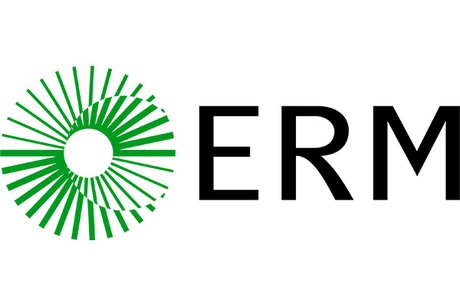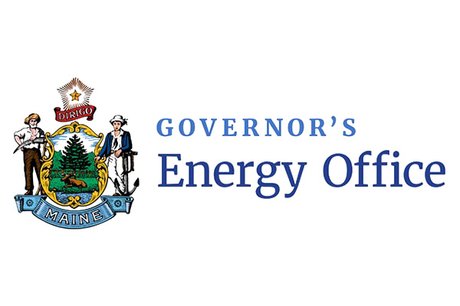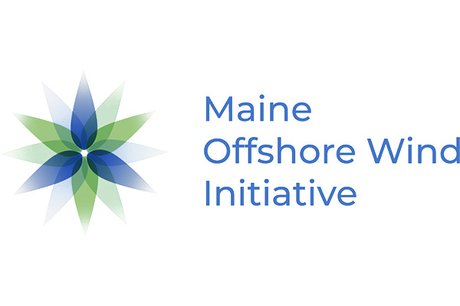Understanding Interactions: Gulf of Maine Fisheries and Offshore Wind
Understanding the intersection of fisheries and floating offshore wind.
We aim to better understand how fishing activities will interact with floating offshore wind, and explore approaches for these industries to coexist alongside each other. Through stakeholder engagement, data analysis, and global expertise, we're exploring sustainable coexistence strategies to ensure the vitality of local fisheries while embracing new clean energy solutions. We will focus on using local fishing insights to provide recommendations that can shape the future of offshore wind development.
Project Goals:
- Engage with the Gulf of Maine’s fishing industry to identify local experiences that inform guidelines on whether and how fisheries and offshore wind industries can coexist.
- Enhance the understanding of the interactions between fishing methods and floating offshore wind infrastructures to minimize potential operational conflicts.
- Identify existing data gaps in floating offshore wind and fisheries interactions through targeted research, promoting informed decision-making for future projects.
The Gulf of Maine will be one of the first regions in the nation to deploy floating offshore wind turbines. This advancement, however, poses challenges for the region's vital fisheries, which may be affected by the turbines' complex anchoring systems and spatial demands. It's crucial to deepen our understanding of how fisheries will interact with floating offshore wind technologies to ensure responsible offshore wind development that accounts for multiple ocean uses.
To address this, with funding from the Maine Governor’s Energy Office, we are collaborating with ERM Consulting & Engineering to explore approaches to fisheries coexistence with floating offshore wind. We will focus on identifying coexistence strategies that ensure environmental sustainability and preserve the economic fabric of the Gulf of Maine.
The fishing industry is crucial to our regional identity and economy, yet there is limited commercial-scale research on the coexistence between fishing and floating offshore wind and its relevance to the Gulf of Maine fishing industry (i.e., gear and species). Conducting this research will help both industries navigate the integration process, and will promote mutual prosperity.



Our approach includes stakeholder engagement, comprehensive research, and cross-disciplinary collaboration to to devise strategies and inform future technologies that foster synergy between fishing and wind energy. We will leverage the expertise of local fishermen, fishing associations, NGOs, and specialists in engineering and environmental assessment to inform our findings.
The study will fill critical data gaps by examining how existing floating offshore wind projects and fisheries interact, taking into account the gear and practices unique to Maine's fishing industry. This research will be novel, and critical, to identifying feasible approaches to coexistence.
ERM will lead the review of sustainable floating offshore wind designs and regulations, while we at GMRI will document current fishing operations, considering various factors like gear, location, vessel size, effort, and species. We will align our findings with industry knowledge and ensure applicability within proposed wind energy areas.
Our findings will culminate in strategic recommendations to the Maine Governor’s Energy Office. The recommendations will include a definition of coexistence, regulatory and legal considerations, and compatible floating offshore wind technologies. These guidelines will account for the dynamic offshore environment and the evolving nature of floating offshore wind, aiming to foster ongoing dialogue and collaboration among all parties involved.
Ultimately, the goal is to balance the interests of the fishing industry, renewable energy, and the broader community, securing a sustainable future for all.
Project Team
-
![Reaching Resilience: Climate Services for Gulf of Maine Communities]()
Reaching Resilience: Climate Services for Gulf of Maine Communities
What resilience looks like in Portland might be different than what it looks like in Tremont, but our Climate Center team provides cities and towns …
Perspectives
-
![Gulf of Maine Warming Update: Winter 2023–24]()
Gulf of Maine Warming Update: Winter 2023–24
Over the past decade, scientists have led a body of research that highlights the rapid pace of warming in the Gulf of Maine. To help …
Reports
-
![National Climate Assessment Contributions]()
National Climate Assessment Contributions
In late 2023, four scientists from Maine played significant roles in shaping The Fifth National Climate Assessment (NCA5).
Tidings
-
![Introducing Gulf of Maine Tastemakers]()
Introducing Gulf of Maine Tastemakers
In early 2024, we launched our Gulf of Maine Tastemakers program, which consists of businesses and institutions that are committed to putting local seafood front …
Tidings






